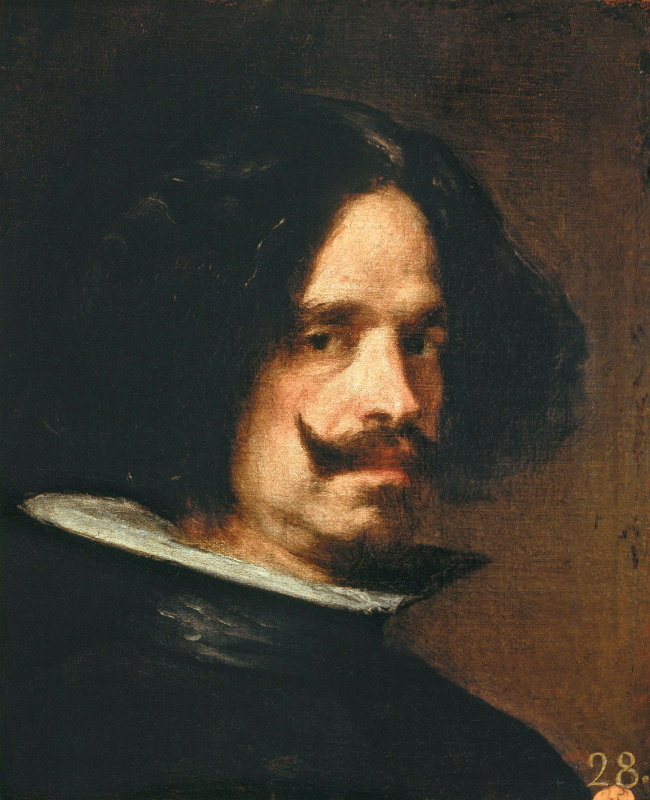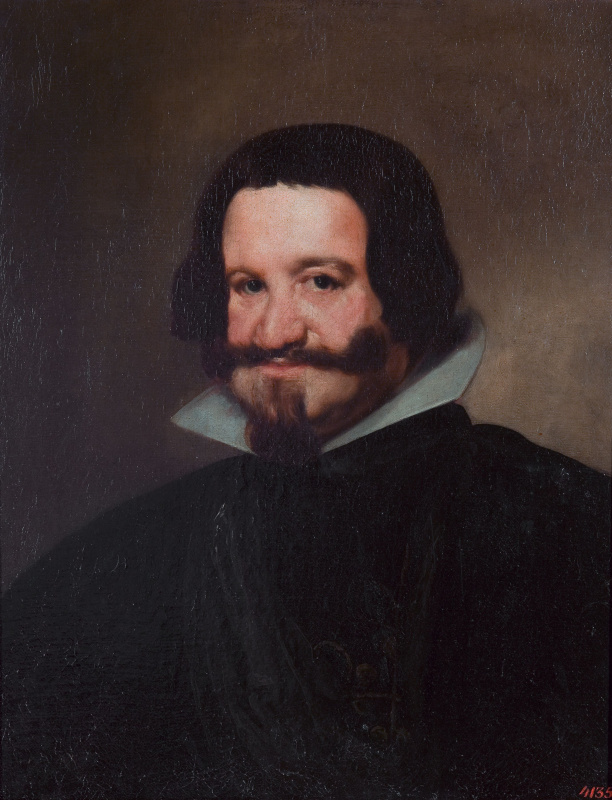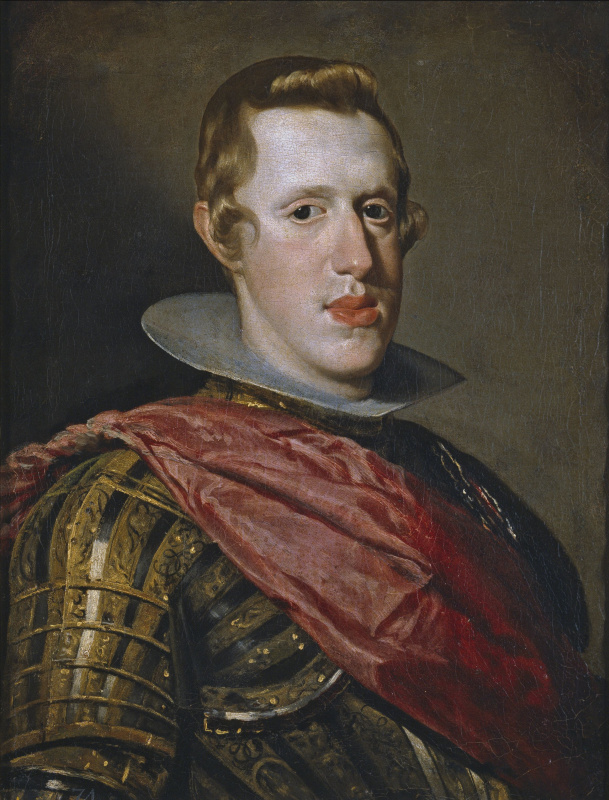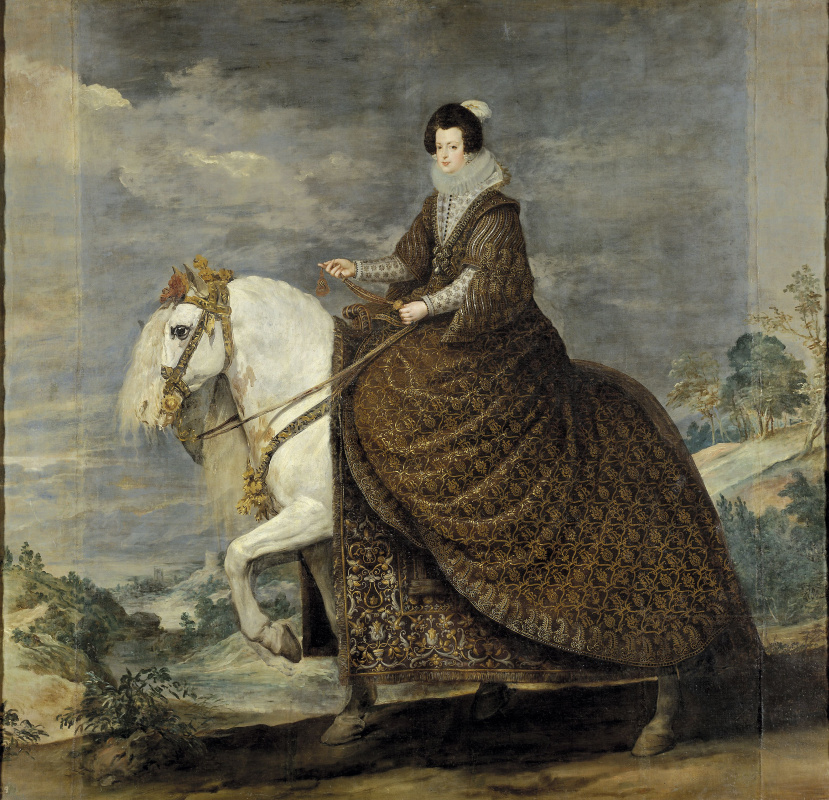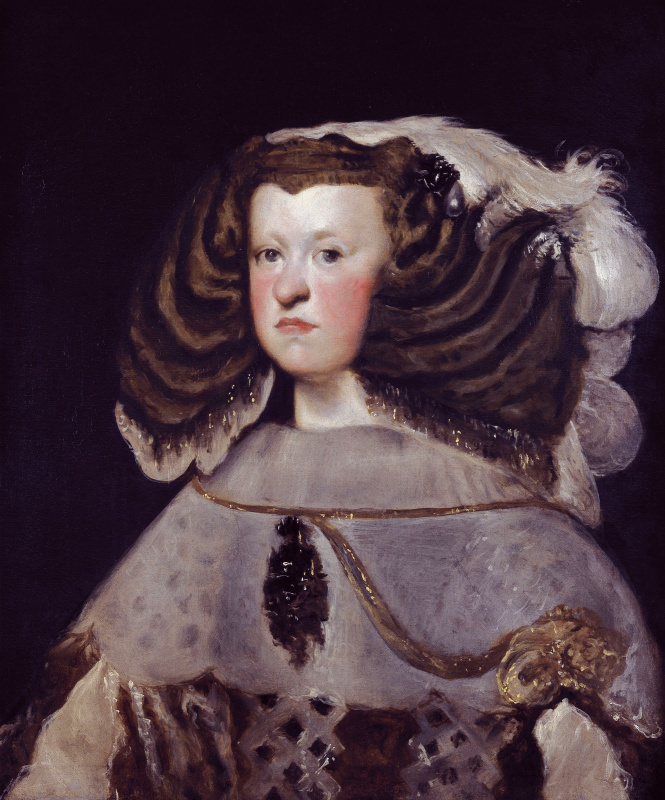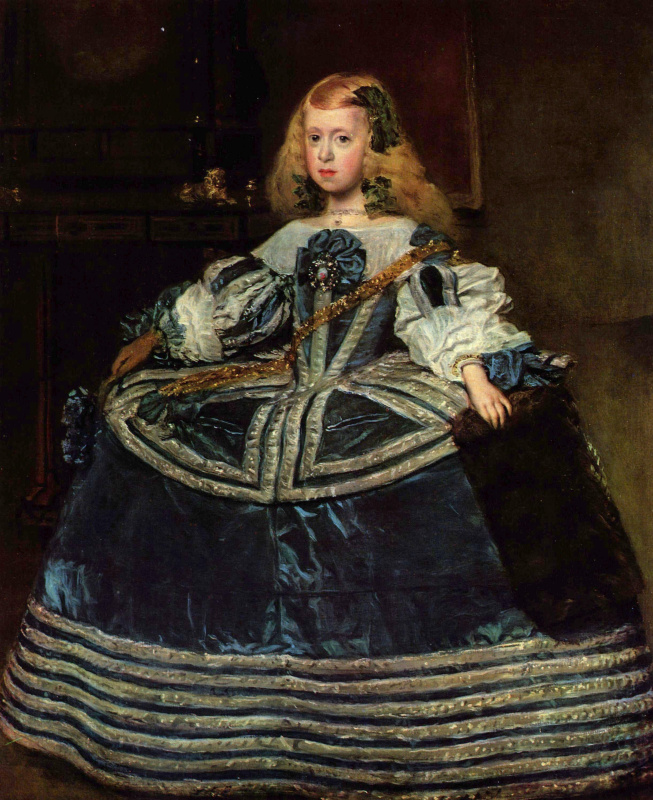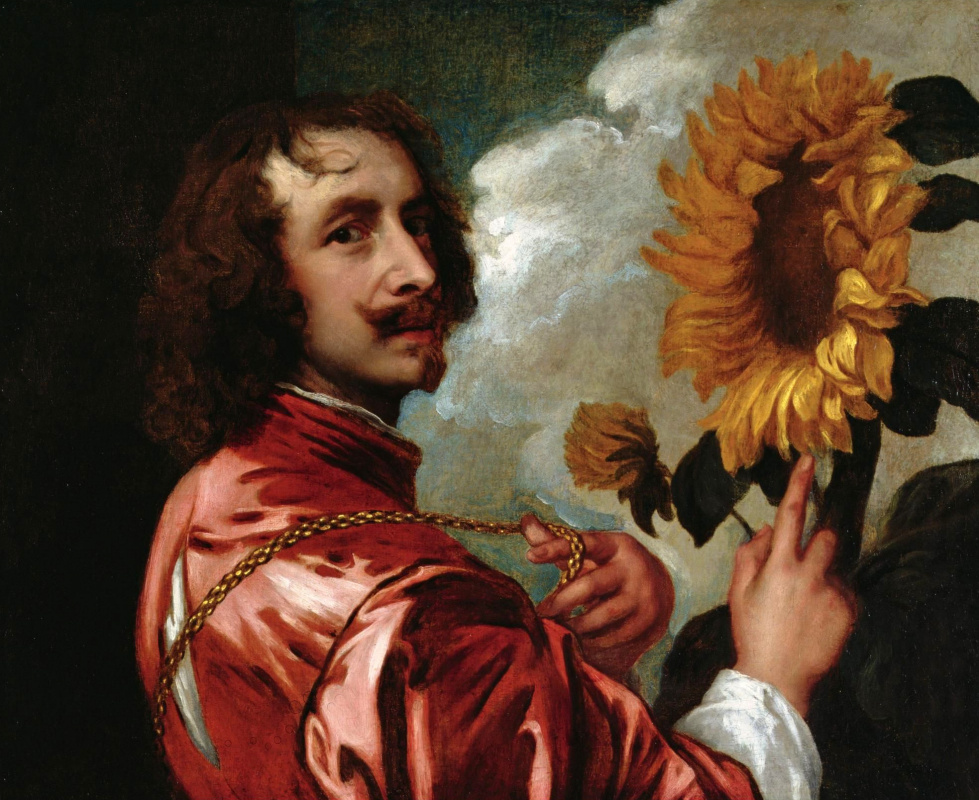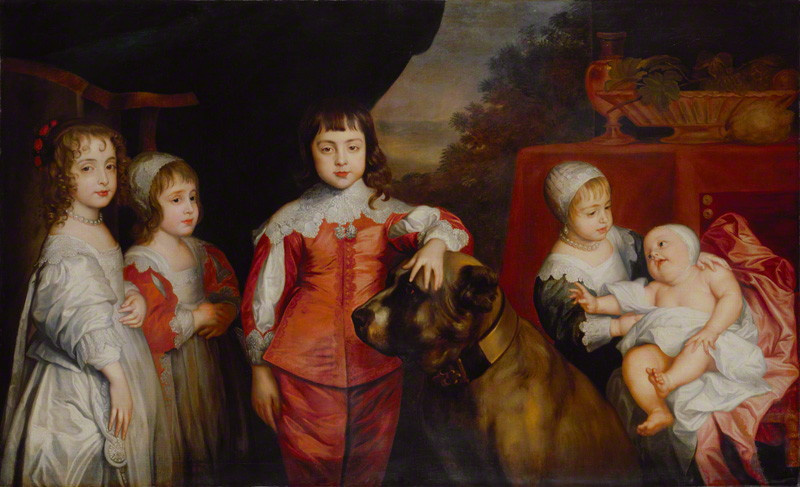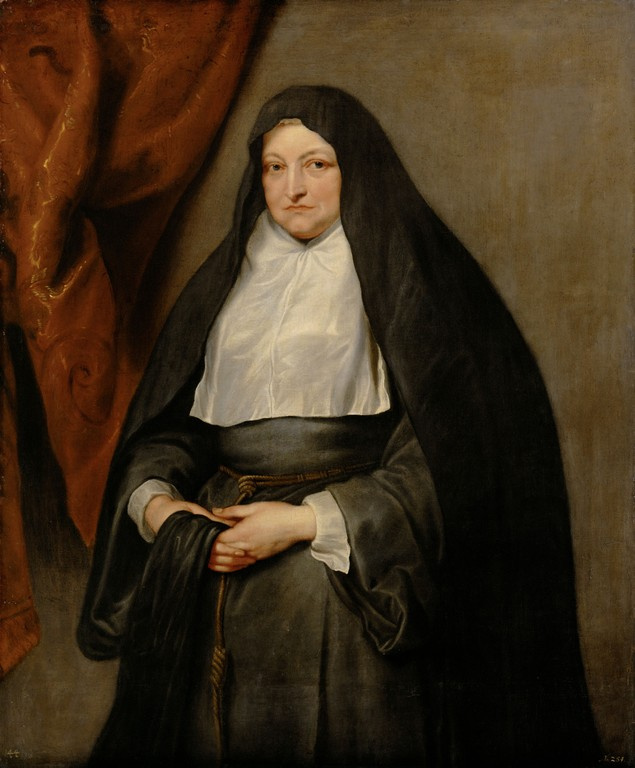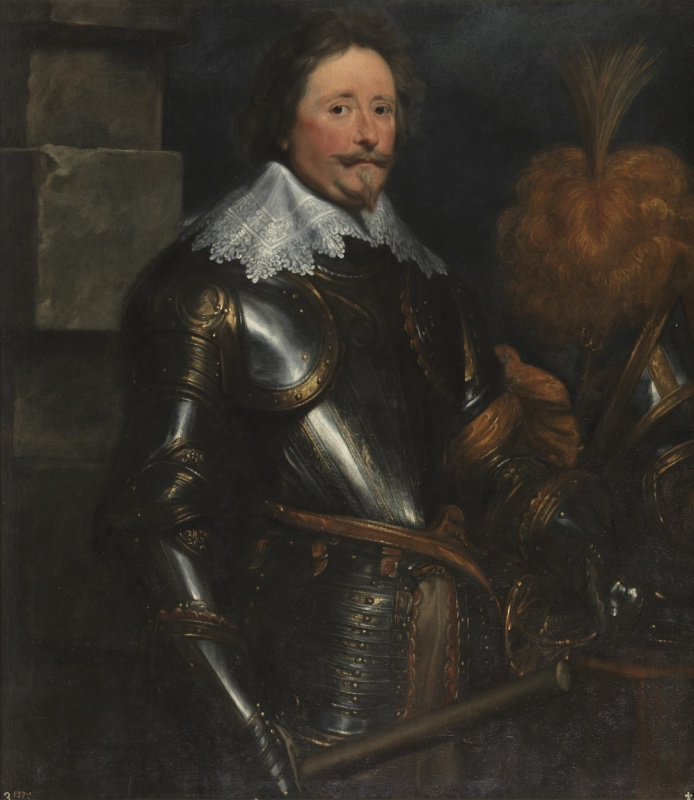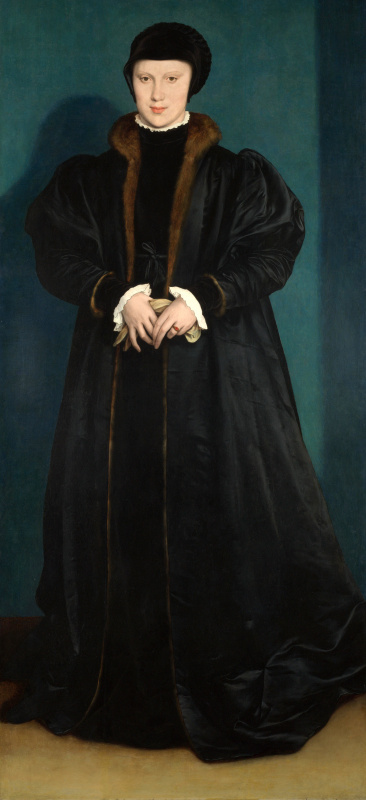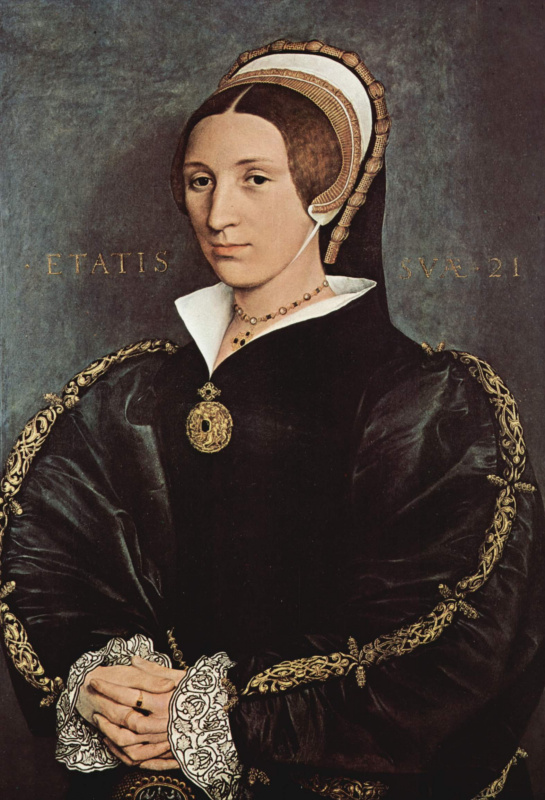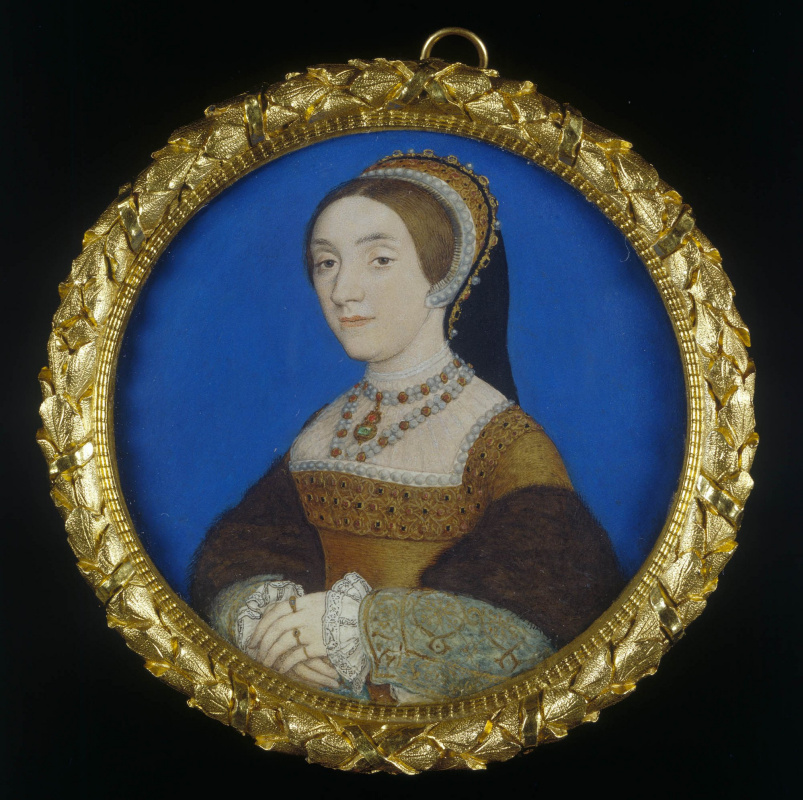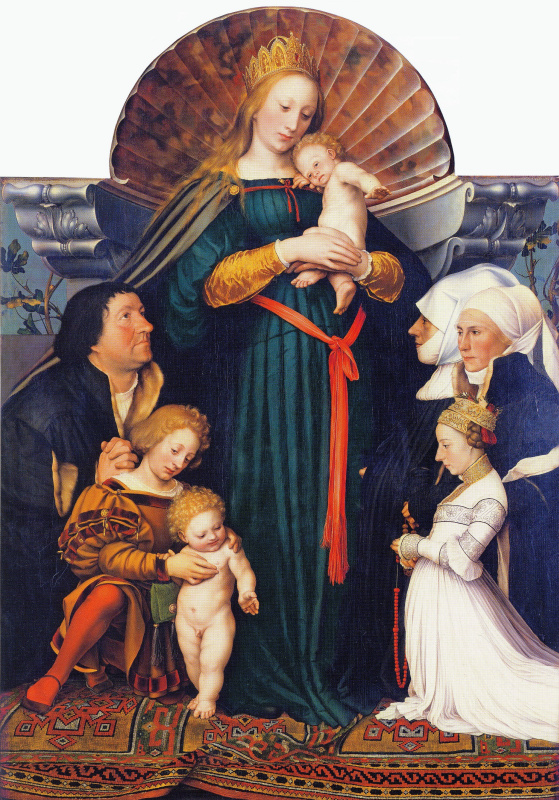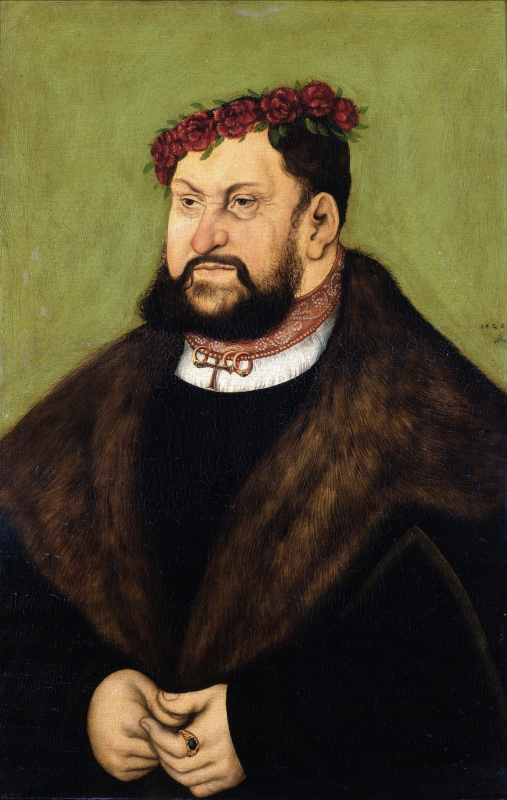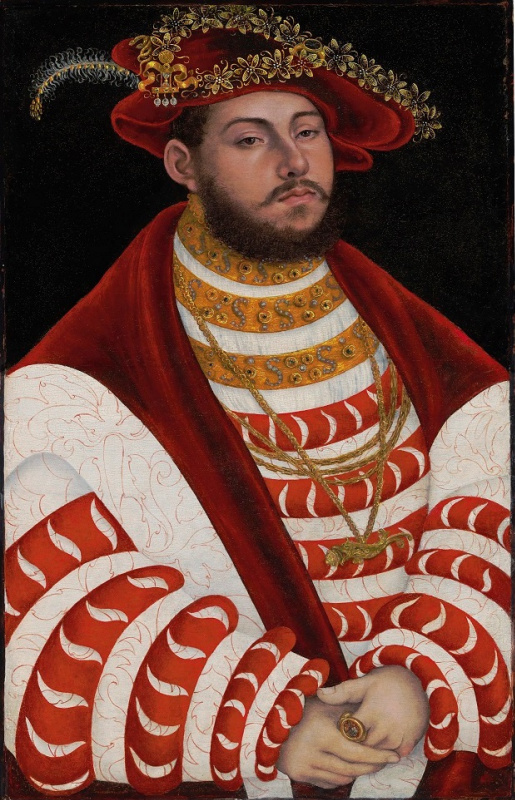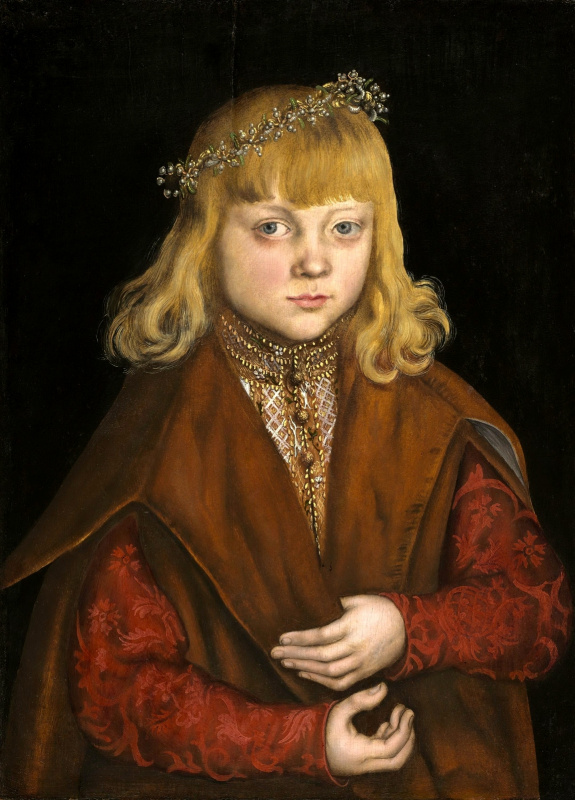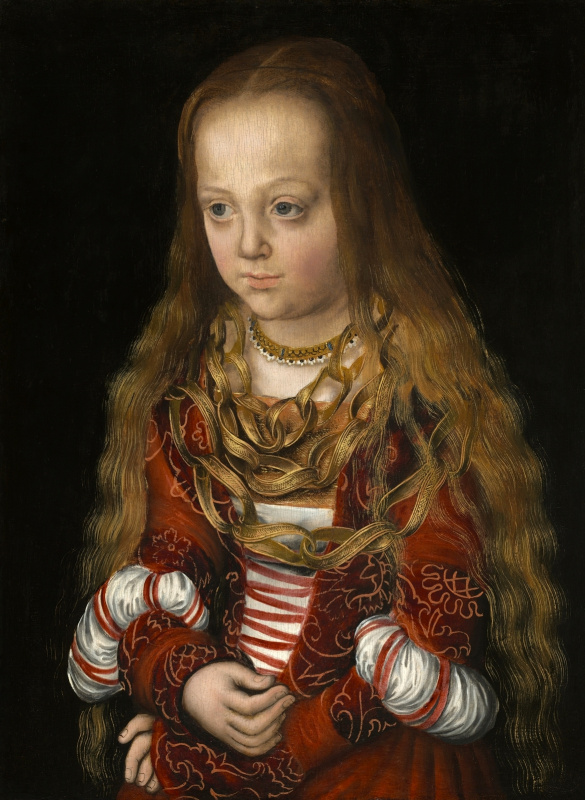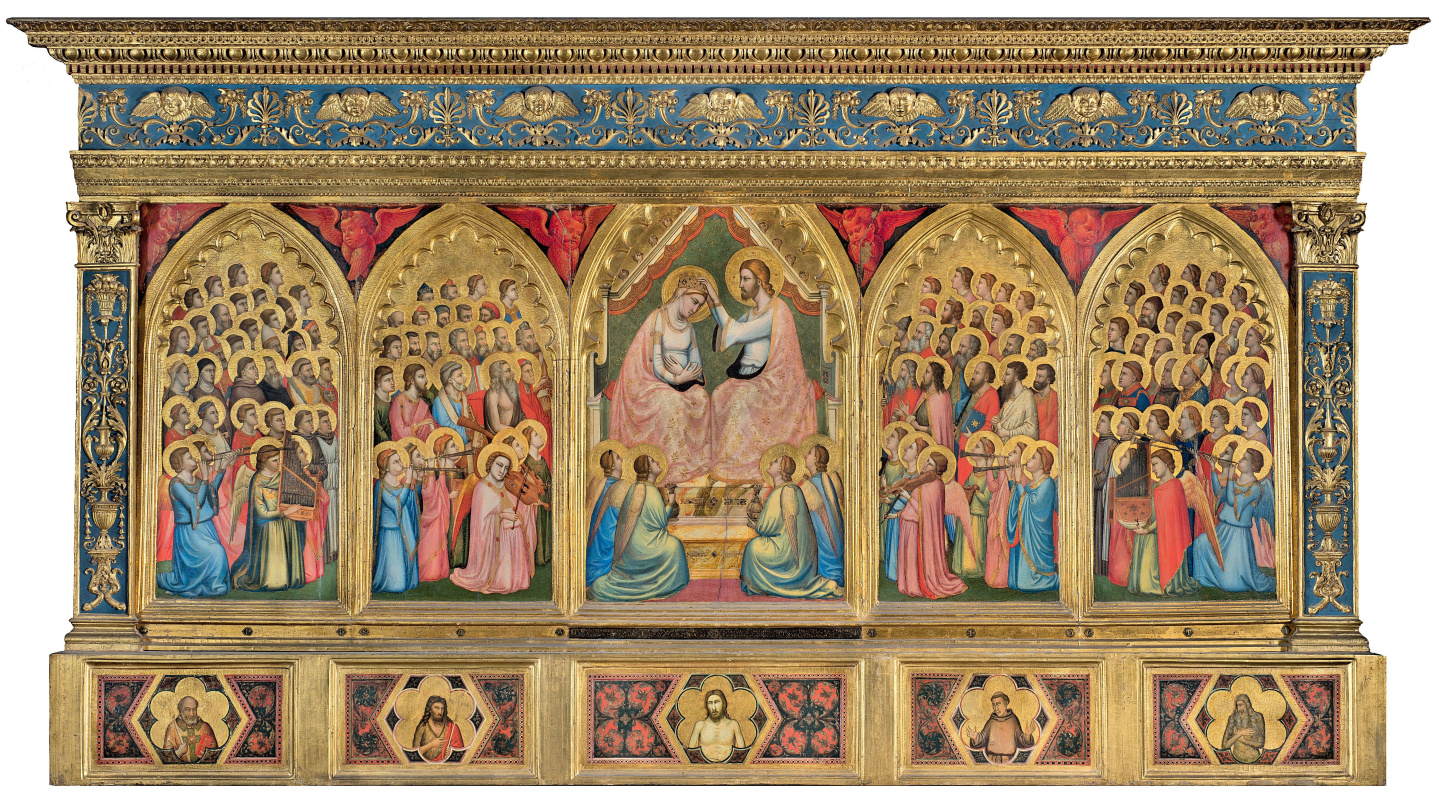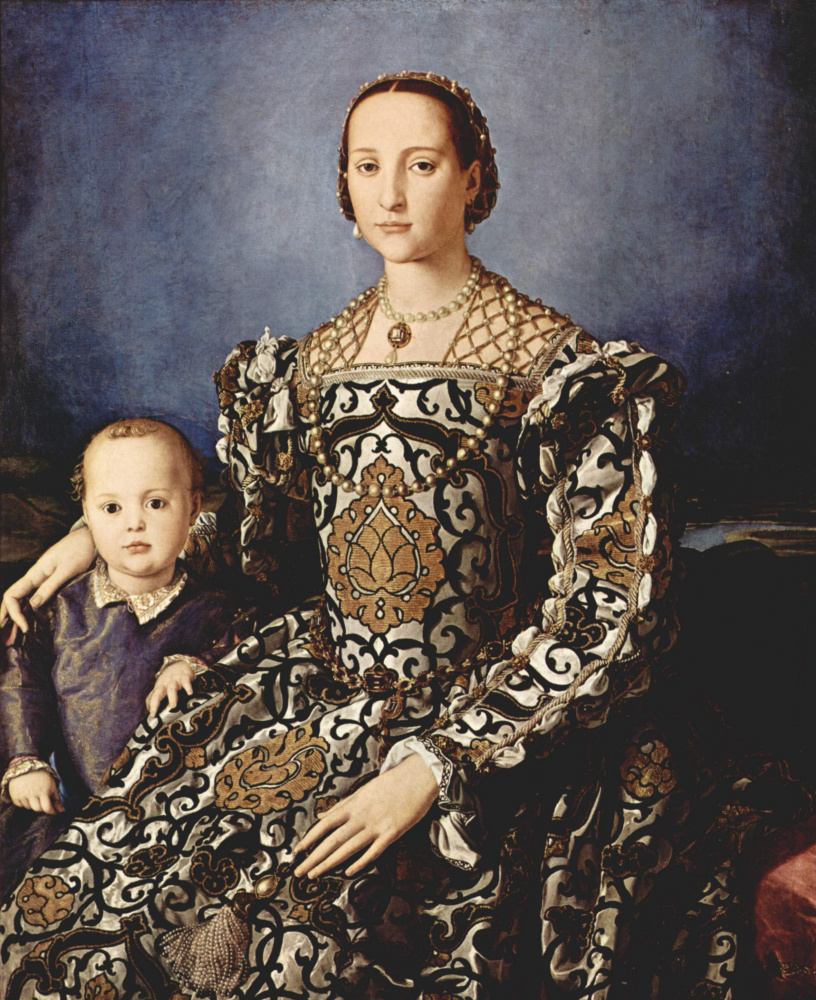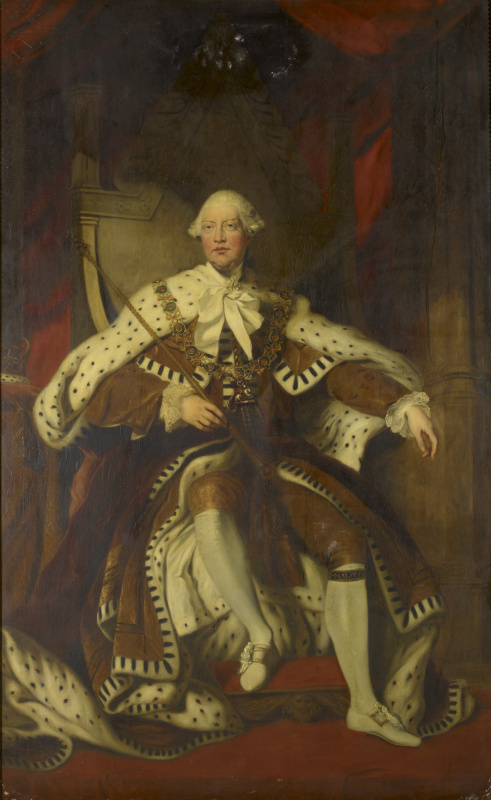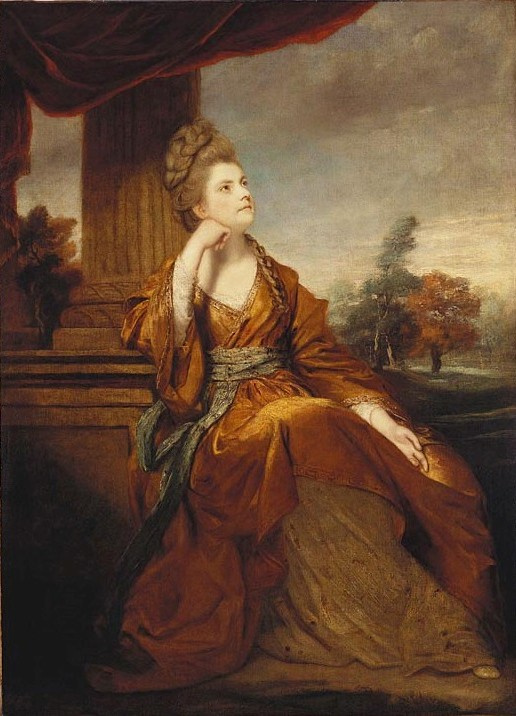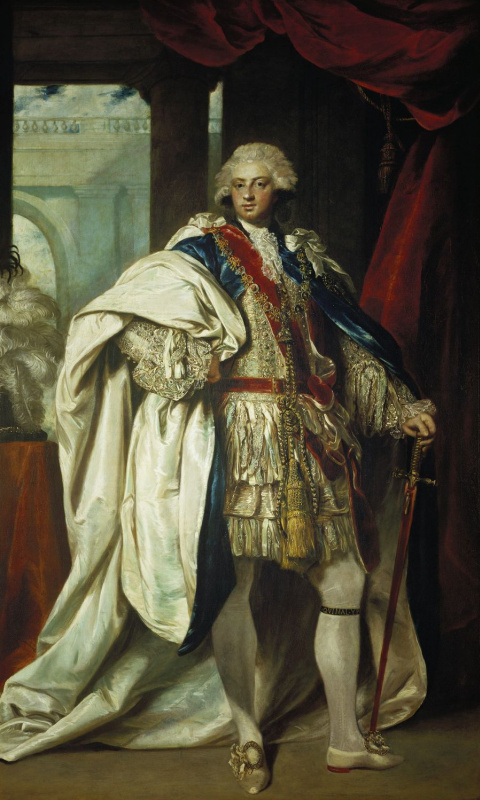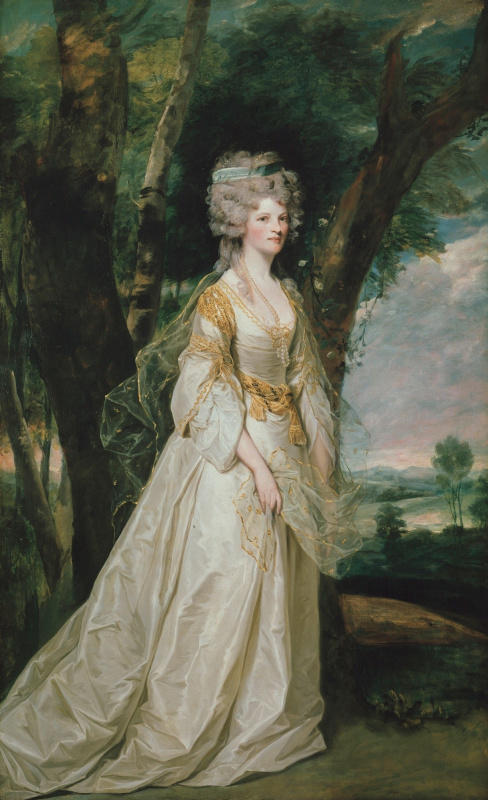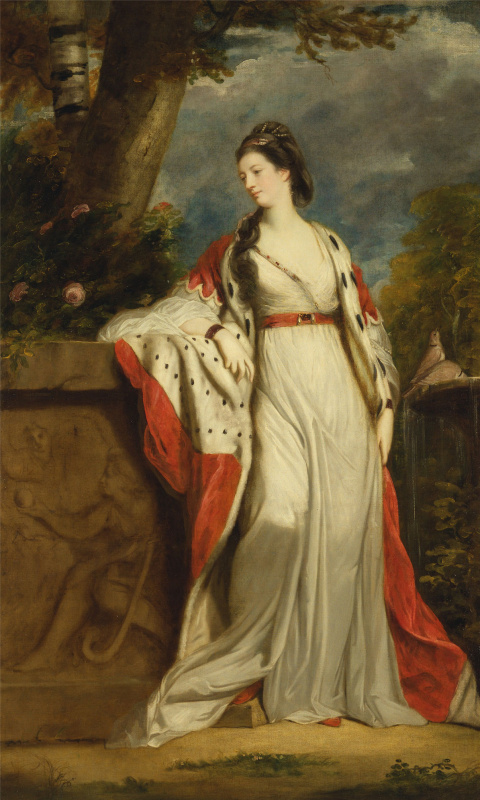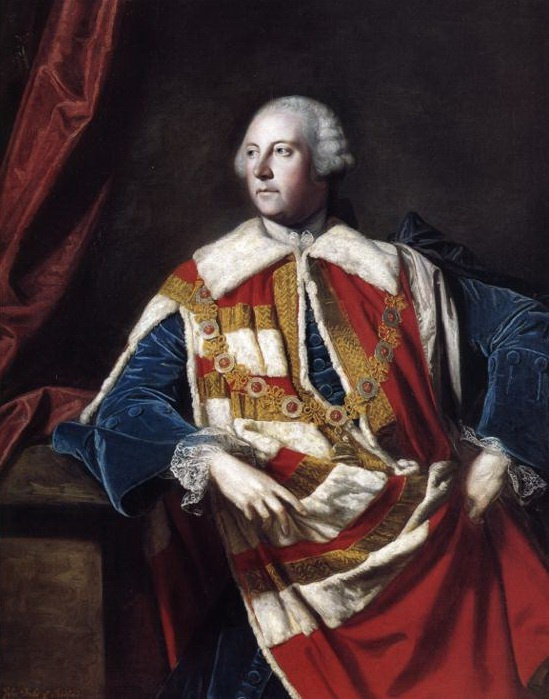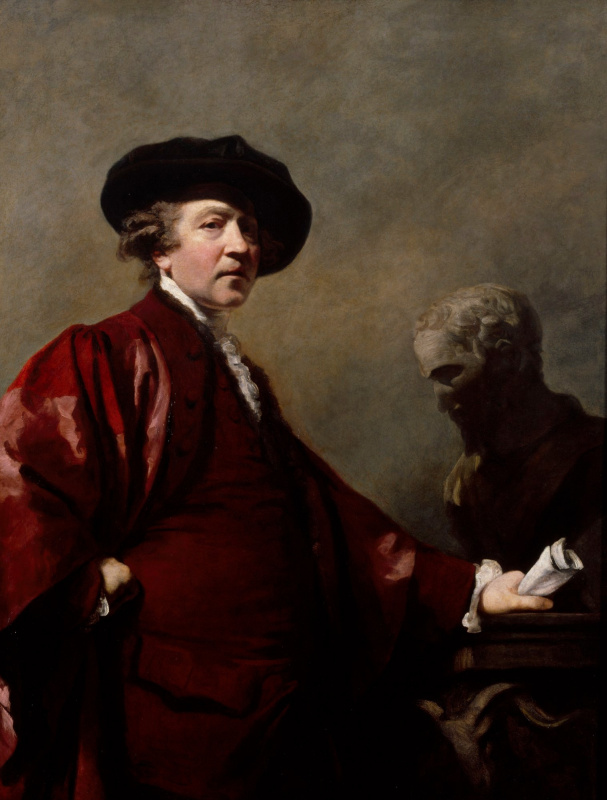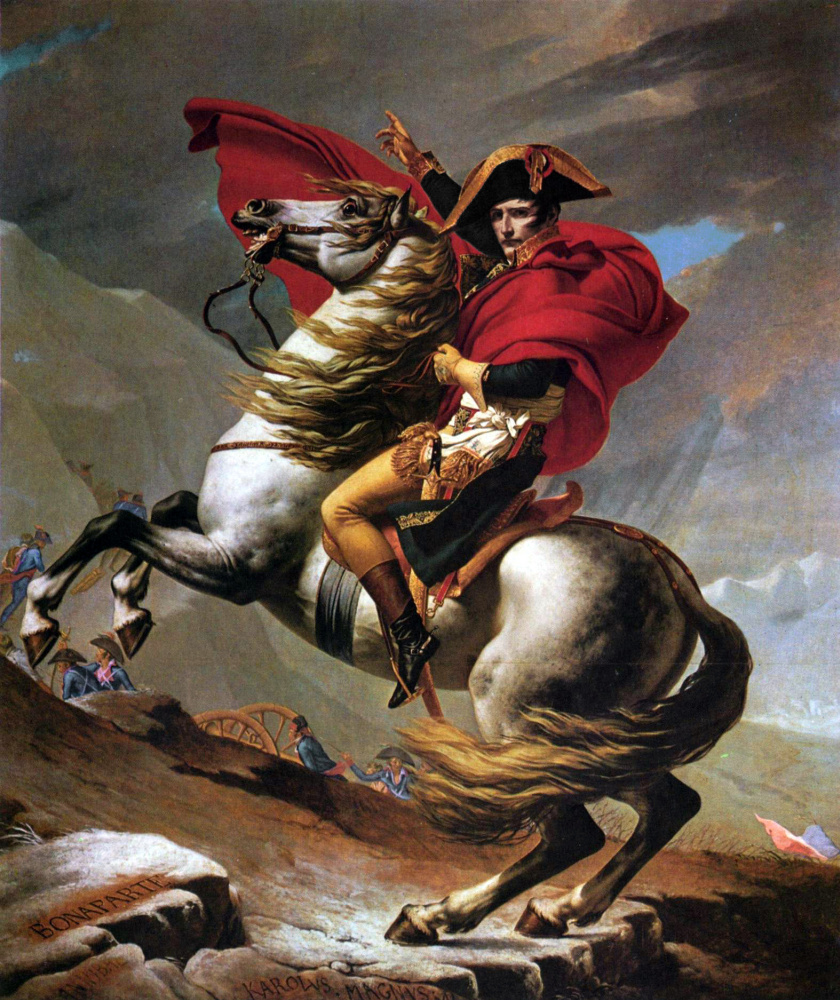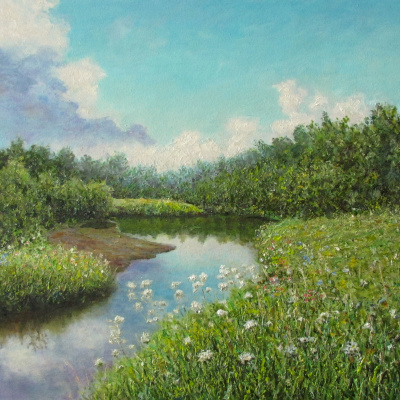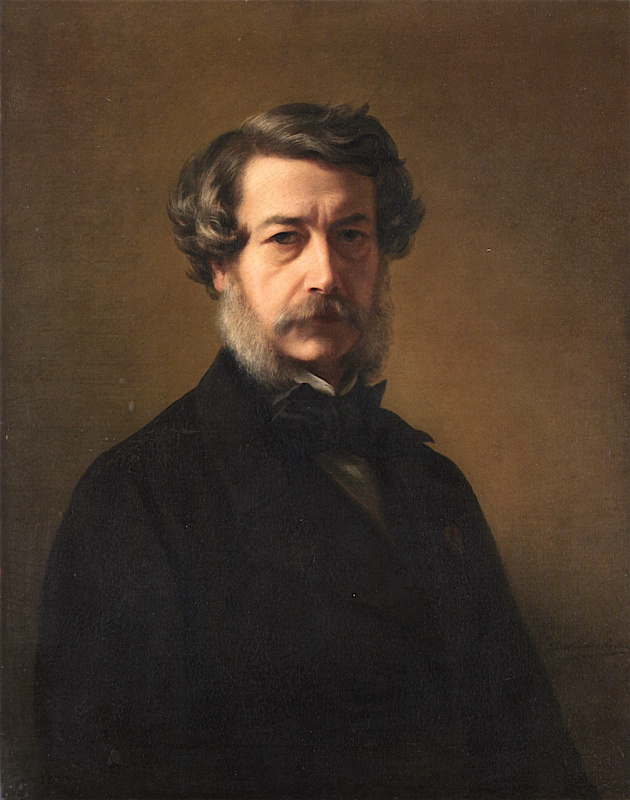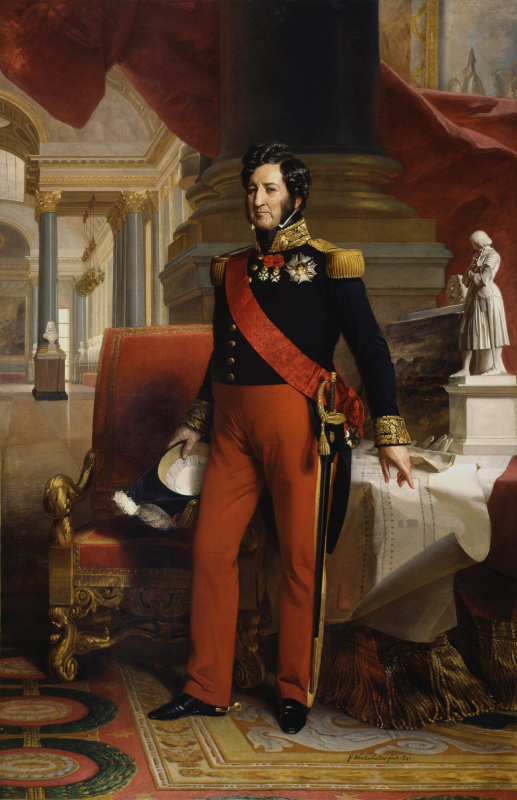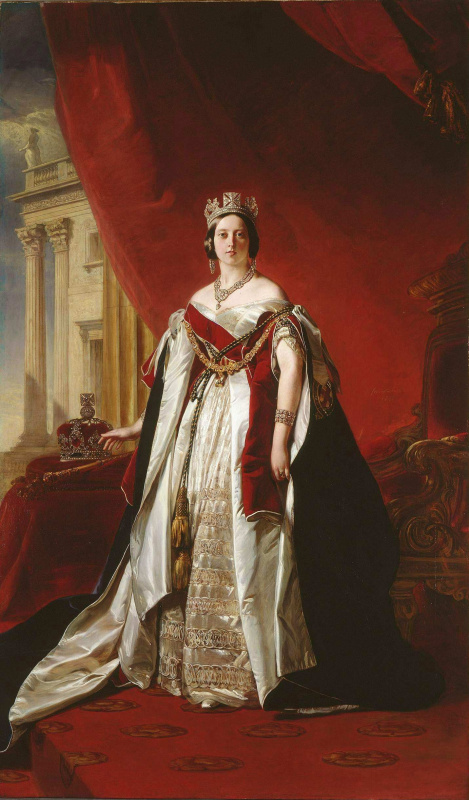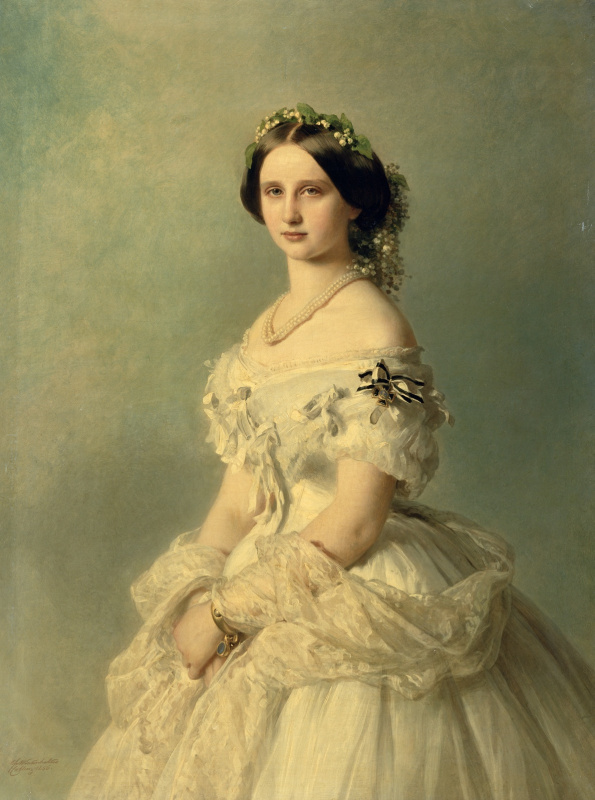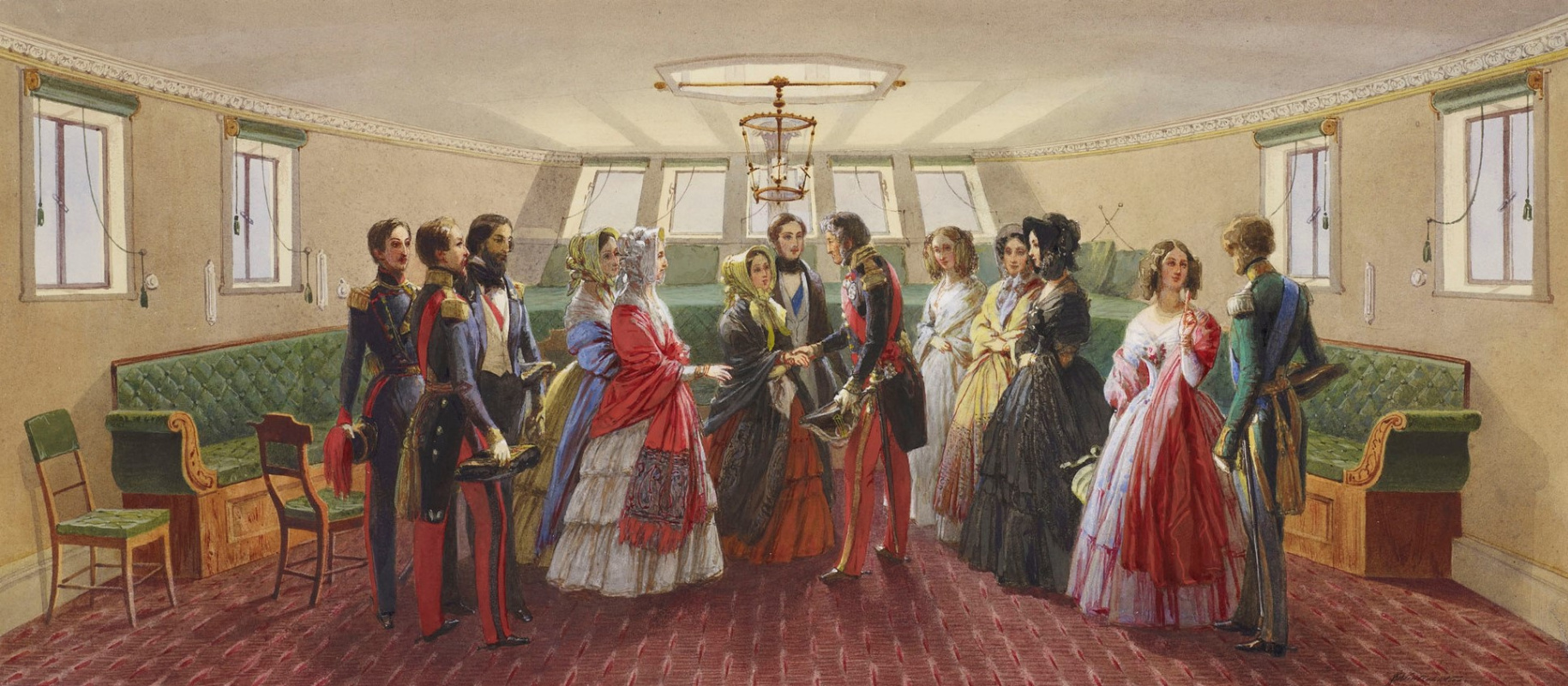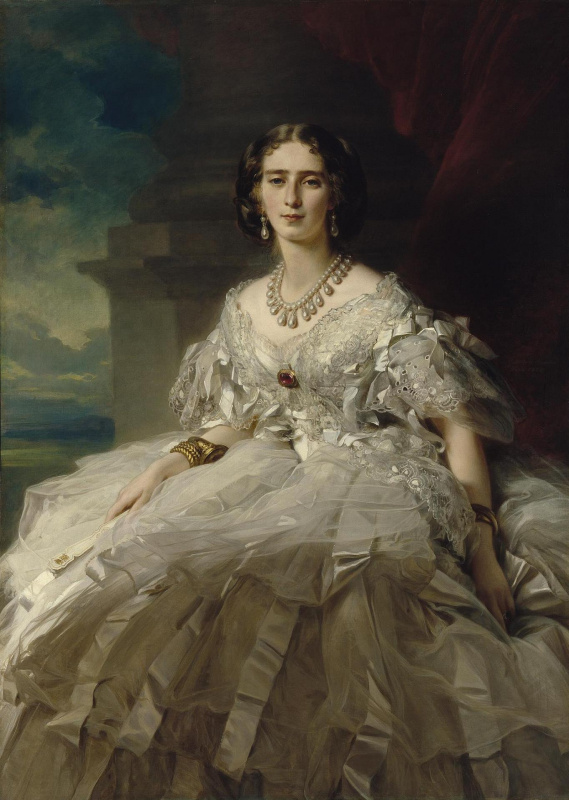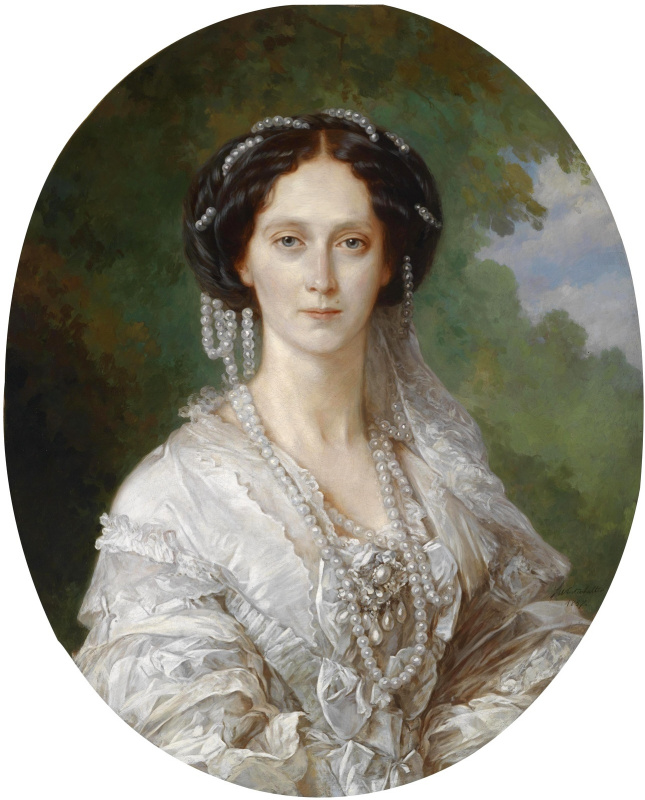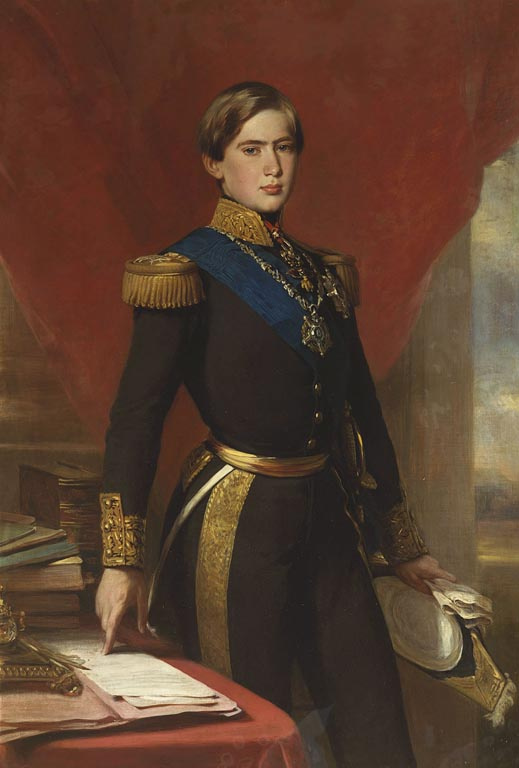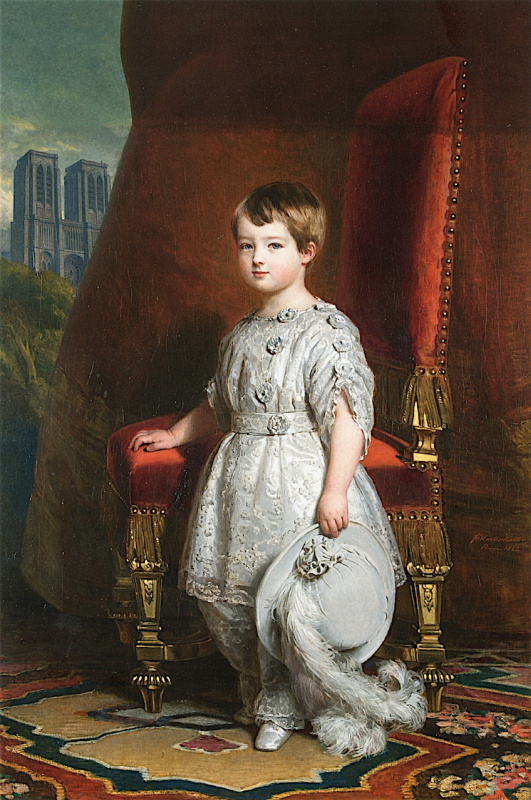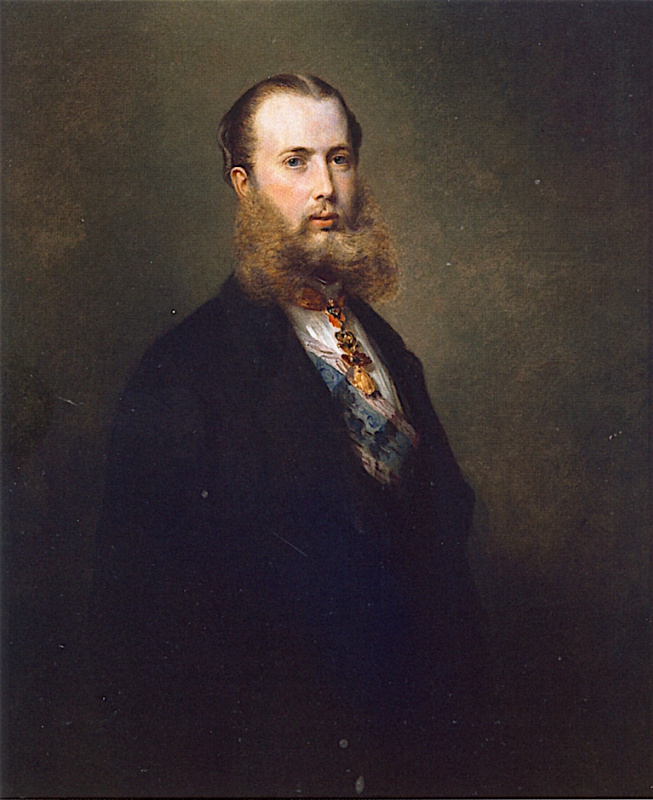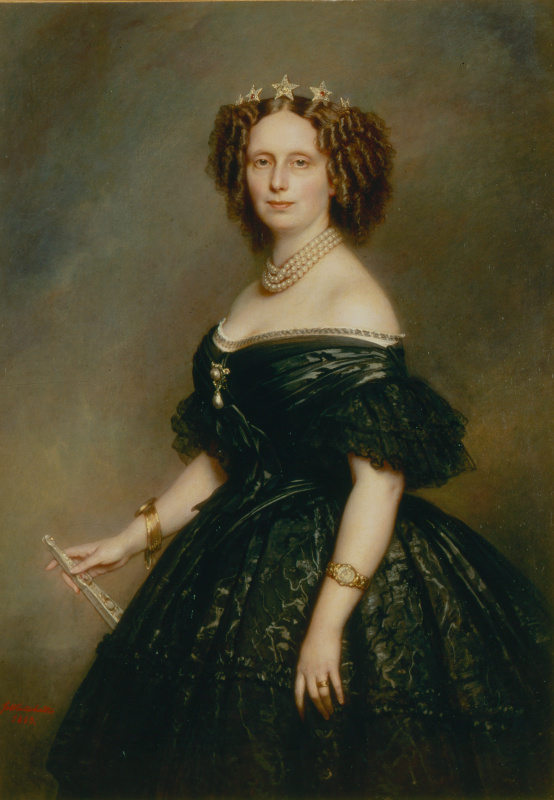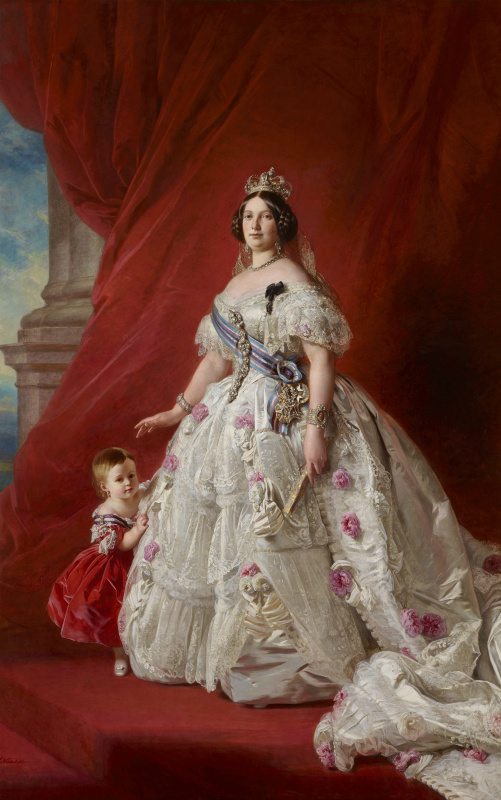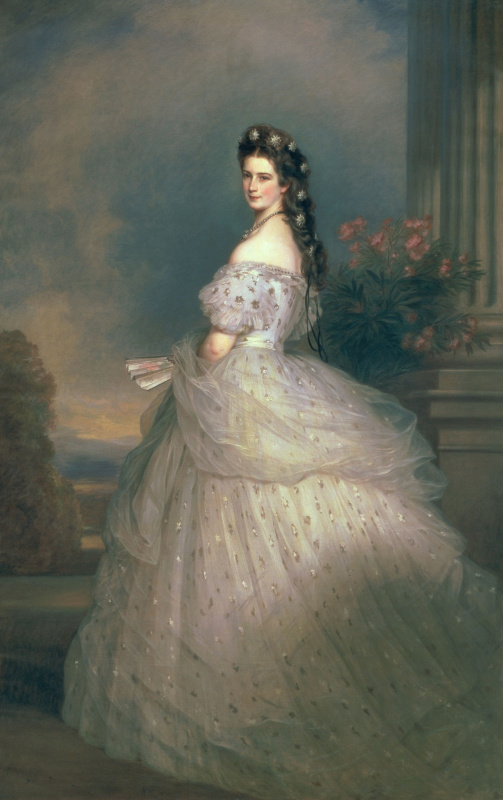
Diego Velázquez
Velázquez fell under the royal patronage when he arrived in Madrid for the second time at the invitation of the Prime Minister, Count-Duke de Olivares, in 1623 — two years after Philip IV had become the king. Soon the artist painted a portrait of the king, which immediately brought him success. He was appointed a court painter with the promise that no one else would depict the ruler. Francisco Pacheco, the teacher and father-in-law of Velázquez, described the equestrian portrait of Philip, created soon (and now lost): "Everything is taken from life, even the landscape ." The painting was put on public display "for the admiration of the entire court and the envy of other representatives of the profession."After the other artists' gossip that Velázquez "can only draw heads", the king appointed a contest. The participants had to paint a historical picture based on the subject of the expulsion of the Moriscos — and Velazquez emerged victorious, and later was appointed the Chamberlain of the Royal Court.
Peter Paul Rubens
The trip to Madrid, during which he met Velázquez, was not the first diplomatic mission in Rubens' career. By that time, he had already visited many European courts and became skilled in negotiations. For the first time, the artist took on the role of a messenger in the service of Vincenzo I Gonzaga, Duke of Mantua, whom he joined at the age of 23 while he was travelling across Italy. In 1605, the patron sent him to the Spanish king Philip III with gifts, hoping for the rank of admiral.In 1608, after eight years of his service to Gonzaga, Rubens received a message that the health of his elderly mother in Antwerp had deteriorated, and asked the duke to let him go. He refused, and the painter left Mantua voluntarily, intending to "surrender to His Grace’s hands" upon his return. However, he never came back to Italy.
Peter Paul Rubens, Self-Portrait (1623). Rubens House Museum, Antwerp
At his home, Rubens was introduced to the stadtholders of the Spanish Netherlands — Archduke Albrecht VII of Austria and his wife, Infanta Isabella Clara Eugenia. Having painted the portrait of the couple, he was immediately appointed court painter. The new patrons praised the painter so highly that they provided him not only with a salary, but also the right to receive a fee for each finished painting. Rubens was also allowed to stay in his workshop and work for other clients in Antwerp, although the court was located in Brussels.
After the death of her husband, Isabella Clara Eugenia ruled the Spanish Netherlands for 12 years, and Rubens served her not only as an artist, but also as an ambassador and diplomat. For example, he spoke on her behalf in peace negotiations with the Republic of the United Provinces (the Protestant part of the Netherlands), as well as between Spain and England. According to one version, it was he who brought Leonardo da Vinci’s drawings to London in 1627, which are now kept in the Royal Collection. Experts believe that this subtle move should have helped him to win the favour of King Charles I, a great connoisseur of art.
Anthony van Dyck
The career of Anthony van Dyck developed in the service of Charles I of England. Rubens called van Dyck "the best of his pupils" (although Van Dyck began working with him after he had become an independent 19-year-old artist). Both artists were not only collaborators, but also rivals, in particular, in royal favour. Actually, Archduchess Isabella Clara Eugenia granted Van Dyck the position of court painter in 1630 instead of Rubens, who was absent from the country since the late 1620s.However, Van Dyck did not stay with his patroness for long. In the winter of 1631—1632, he moved to The Hague, where he completed several commissions of Frederick Henry, Prince of Orange, as well as for the Winter King and Winter Queen — the Elector Palatinate Frederick V and his wife Elizabeth Stuart. The latter was the elder sister of King Charles I, to whose court Van Dyck went in 1632. There, the artist got exceptional honours: a generous annual allowance, rooms in the palace, an estate on the Thames, a knighthood and the friendship of the monarch himself, who sailed by boat to observe how his favourite artist was working.
Hans Holbein the Younger
Another notorious English king, Henry VIII, owed much to another foreigner, Hans Holbein the Younger, just as Charles I owed Anthony van Dyck. Without him, Henry VIII would not have been as famous or even so infamous, and British art would certainly have been more provincial. Take a portrait of a monarch by any other artist and you will see an ordinary Tudor. And Holbein made Henry VIII the memorable, tangible, most famous king in the Christian world. As well as his wives, whom he married, divorced and beheaded — most of them were also painted by Holbein.In the service of Henry VIII, Holbein painted the interior of the King’s chambers at Whitehall. In 1538—1539, he repeatedly travelled to the continent as part of marriage delegations and portrayed the potential brides of the monarch — Christina of Denmark and Anna of Cleves. They say that when Heinrich saw the portrait of the latter, he was delighted and decided to marry the girl, but when he met her in reality, he was discouraged. However Holbein was not punished for the royal disappointment. Probably, the king made his decision for political reasons, and not because he was tempted by the image in the picture.
Lucas Cranach the Elder
Lucas Cranach the Elder, Holbein’s compatriot, became the court painter of the Saxon Elector Frederick III the Wise in 1505, at the age of about 33 years. He held this position until his death and under the following rulers: Johann the Steadfast and Johann Friedrich the Magnanimous.Lucas Cranach the Elder, Self-Portrait (1550). Uffizi Gallery, Florence
In Wittenberg, where the courtyard was located, his duties included not only the creation of paintings and prints, but also the design and production of decorations, supervision of artisans, decoration of weddings, tournaments and other court celebrations. In short, Cranach was responsible for almost the entire aesthetic atmosphere of the court. To satisfy these vast demands, he founded a workshop. It was originally housed in Wittenberg Castle and later moved to city premises.
In 1508, the Elector granted Cranach the nobility and sent him on a diplomatic mission to the court of Margaret of Austria, the stadtholder of the Spanish Netherlands. The artist met the Holy Roman Emperor Maximilian I there. Several years later, he commissioned Cranach, together with Albrecht Dürer, to illustrate his prayer book.
Giotto di Bondone
Biographical details of the founder of the Italian school of painting and one of the greatest reformers in the history of European art are surprisingly poor. The service to King Robert of Anjou in Naples is one of the minor facts of the later period of his life. Giotto was called to the court in 1328, after the completion of the Baroncelli polyptych, and remained there with a group of students until 1333. At the same time, the king called him "the First Court Painter" and appointed him an annual pension only in 1332, a year before Giotto left Naples to become the chief architect of Florence and "intendant of all fortifications of the city".Jan van Eyck
Flemish Jan van Eyck served at the court of the Johann III the Merciless, Duke of Bavaria. The Duke of Burgundy, Philip III the Good became the protector of the possessions after Johann’s death. In 1425, the new ruler invited the artist to his court and provided him with an annual life salary (and after the death of Van Eyck in 1441, he paid the pension to his widow Margaret). Moreover, when ducal financial advisers did not transfer the required amount to the painter in 1435, the duke sent them a letter with the order to improve immediately, otherwise "he would consider it necessary to leave our ministry, which will cause us great displeasure, since […] we would not find the same excellent in art and science."Jan van Eyck, Portrait of a Man in a Red Turban (Self-Portrait?), ca. 1433. National Gallery, London
The sabotage of the ducal financiers can be explained: a few years earlier, Philip cancelled the court salaries, but left the salary of Van Eyck. Moreover, the terms of the contract stipulated that that was not a payment for the work performed, but for the willingness to serve every time he was contacted. Moreover, the duke also became the godfather of the artist’s child and sent his representative and six golden cups for the ceremony.
It is surprising that not a single artwork by Jan van Eyck for Philip the Good has survived to this day. We know that the artist travelled to Portugal as part of the marriage embassy and painted a portrait of the Infanta Isabella, the future wife of the Duke. There are some references to the "composition" that Van Eyck brought for Philip to Lille in 1434, about some "great works", as well as about a circular map of the world made for the patron. But apart from these references, there is no other documentary evidence of paintings commissioned by the Duke.
Agnolo Bronzino
Agnolo Bronzino, best known for his Mannerist portraits, served as court painter for the Duke Cosimo I de' Medici for much of his career and influenced the development of European court painting. In his detached, unemotional manner, he achieved recognition by portraying real objects, but he was less successful as a religious artist. His carefully composed artworks were focused on conveying not the character of the model, but his/her social position and moderation.José de Ribera
When José de Ribera arrived in Naples in 1616, the kingdom was part of the Spanish Empire that was ruled by the Spanish viceroys. The artist quickly managed to attract the attention of Pedro Téllez-Girón, the 3rd Duke of Osuna, who held this post. For him, the artist made four images of saints in the Osuna Collegiate, as well as a large Crucifixion for his wife Catalina.José de Ribera, Magdalena Ventura with Her Husband and Son (1631). Royal Academy of Fine Arts of San Fernando, Madrid
Although "the Great Pedro" was an odious ruler, in 1620, he was recalled from Naples to his homeland and imprisoned. However, Ribera retained his position under Pedro’s successors and, like Velázquez in Madrid, lived in the governor’s palace. In the documents of the case, initiated in 1646, he was referred to as "a Spaniard, from the family of His Excellency (Viceroy), residing in the royal palace".
The Venetian consul Marcanconio Padovanino mentioned in one of his letters dated 1631 that the portrait of the "bearded woman" Magdalena Ventura, who was visiting the Duke of Alcalá, the Viceroy, was painted "in the Viceroy’s rooms". The woman has "a completely masculine face, with a beautiful black beard more than a palm long," wrote the Venetian.
Joshua Reynolds
Unlike all the artists listed above, Joshua Reynolds was not a favourite at court. He painted the portraits of King George III and Queen Charlotte only once, for the first exhibition of the Royal Academy, which was held at Somerset House in 1780. Both canvases are still kept at the academy.Despite the lack of the official status as a court artist, Reynolds was a kind of trendsetter and arbiter of court elegance. In his images of the highest aristocracy, their wives and children, he was able to convey a portrait resemblance and at the same time subtly flatter, idealize and exalt the model. After the establishment of the Royal Academy and the unanimous election of Joshua Reynolds as its President, King George III knighted him.
Jacques-Louis David
The painter’s biographers mention the service of Jacques-Louis David to the Emperor Napoleon with a touch of contemptuous irony. Say, until recently he devoted all his frantic energy to the Revolution, and now he directed it to glorify the "autocrat impostor" who appointed him "the First Artist of the empire". But David literally idolized his patron: "What a head he has! It is so perfect that it is worthy of comparison with the best examples of antique sculpture and painting… This Bonaparte is my Eros!"When the emperor commissioned the artist an equestrian portrait expressing "calme sur un cheval fougueux" ("calmness on a fiery horse"), David took it up with enthusiasm. The result was the Napoleon at the Saint-Bernard Pass painting, an inspiring image of an instantly recognizable and endlessly reproducible hero of all times, to whom both people and nature obey. The artist neglected the fact that Bonaparte did not actually lead the troops crossing the Alps, but followed them a couple of days later along a narrow path on a mule’s back.
Franz Xaver Winterhalter
In terms of popularity and demand at the European royal courts, Franz Winterhalter can only be compared, perhaps, with Rubens and Van Dyck. He worked for almost each and every European monarch and court. From under his brush came a gallery of portraits of the royal families of Great Britain, Germany, France, Spain, Russia, Portugal, Belgium and Mexico. Nobles liked his work: Winterhalter knew how to flatter high-born models, slightly embellish their appearance and masterly paint lush fashionable dresses, which especially flattered the ladies.The first ruler to invite Franz Xavier to be a court painter was Leopold, Grand Duke of Baden. After that, the artist served King Louis Philippe and Emperor Napoleon III. He was also introduced to the English Royal House, for which he created over 120 portraits.






